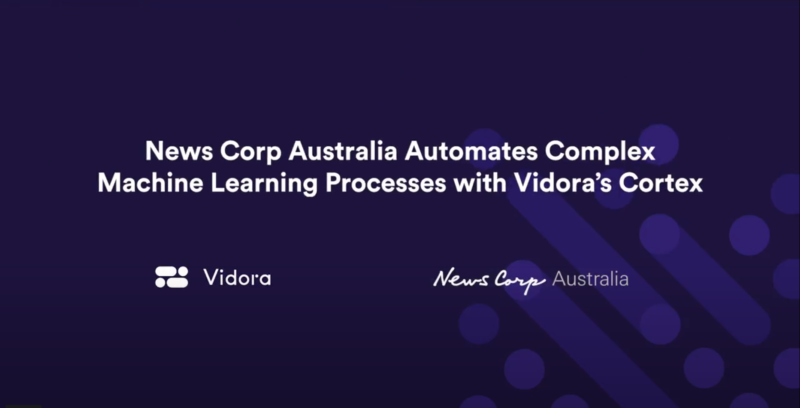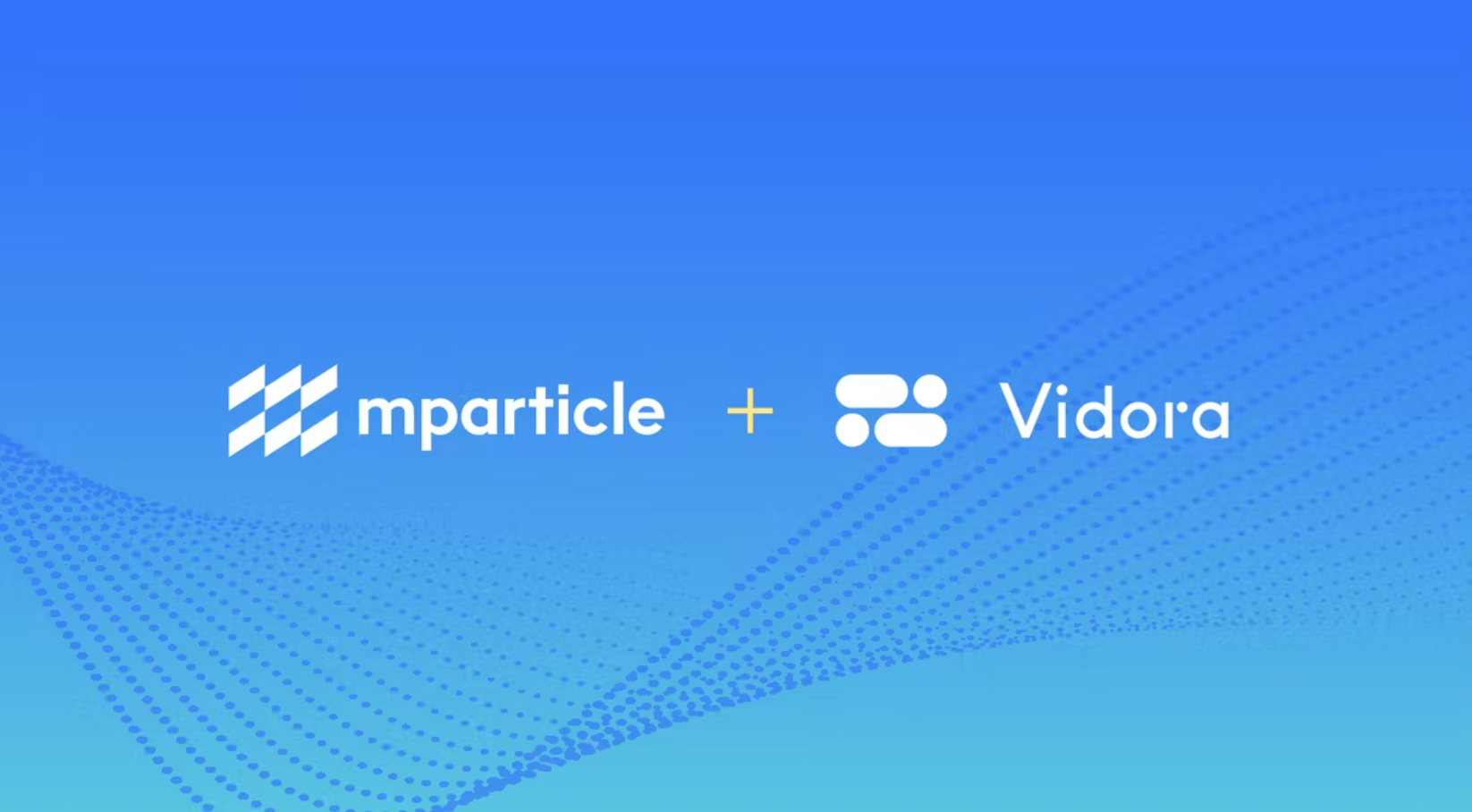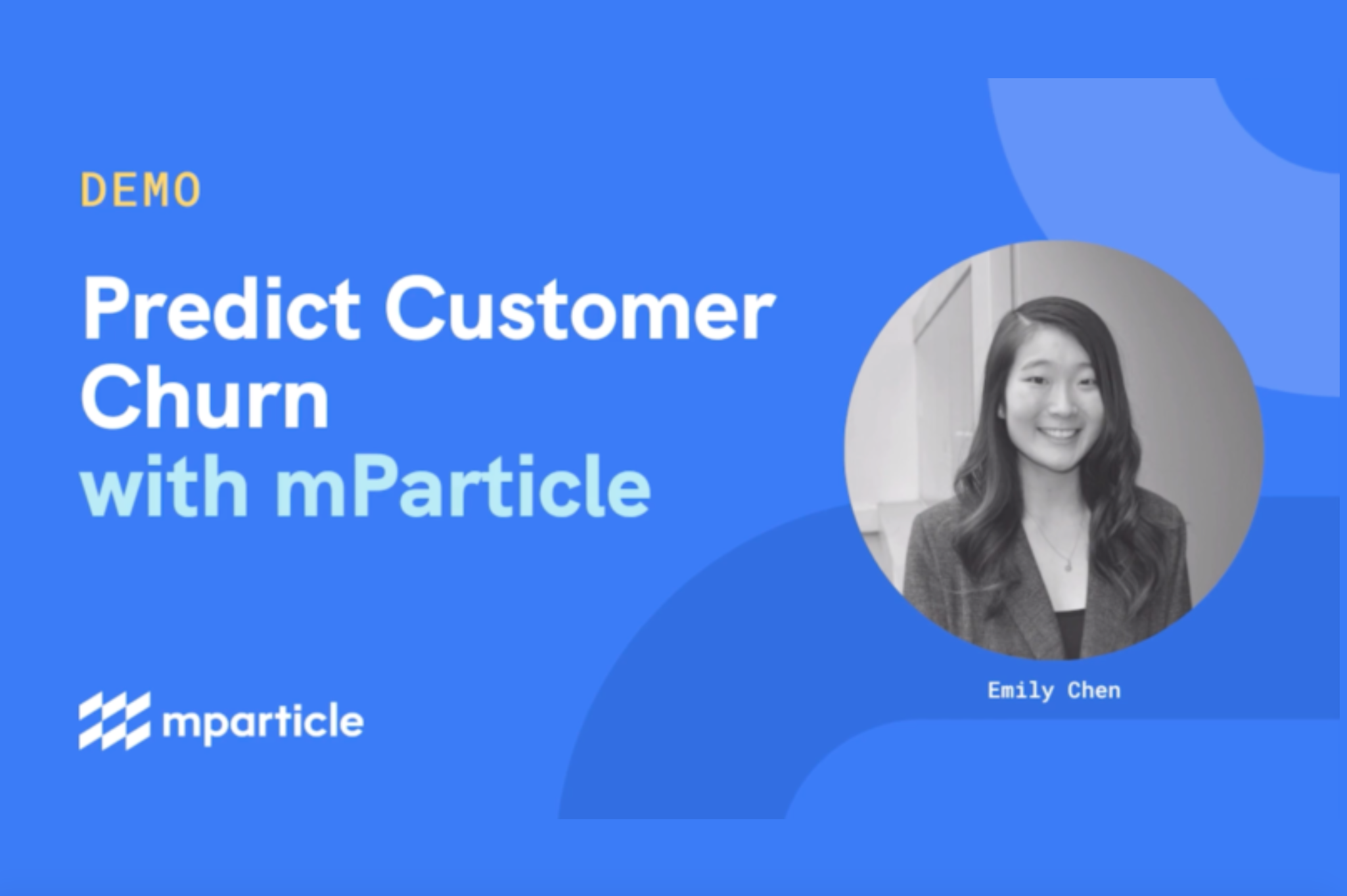

Join us for a 3-part interview with
Lionel Port, Head of Data Technology at News Corp Australia
[Part 1]
Online publishers in today’s digital ecosystem have access to unprecedented amounts of data, providing unique opportunities to provide data-driven consumer experiences to users in addition to automating data-driven business processes.
News Australia is one of the leading media companies in Australia and globally. 16 million Australians visit News Corp Australia’s suite of multi-platform products for news and information every month – more than any media group in Australia. News Corp Australia’s portfolio of brands include The Australian and The Herald Sun as well as allied media enterprises like Foxtel, FOX Sports, the REA Group. News Corp Australia also captures the attention of some of the largest global brands.
Lionel Port, Head of Data Technology at News Corp Australia, sits at the intersection where data and technology meet to better target experiences for the publisher’s diverse online readership and advertisers looking to reach relevant audiences. Machine learning plays a key role.
[Machine Learning is] a critical part of our business. It’s a key part of how we identify our readers across the sites. It’s a key driver in how we improve sales through our booking platform.
His team’s mandate is to manage the continuous stream of user data to create highly relevant advertising segments in order to attract and drive advertising revenue that sustains the massive publisher. Vidora is playing an important role in this strategy by enabling the rapid creation of advertising cohorts using data process automation and machine learning technology
We found that Vidora … allowed us to create predictive models with a fully automated pipeline. So it actually saved us a lot of time. So we’re actually using that as our primary platform for creating these bespoke audience segments off our first party data … with a few clicks.
Watch our interview below to learn more about how automating complex machine learning processes enabled Lionel and his team to manage this process at scale.
Watch the entire three part interview here
Learn more today
Read the Interview Below:
Aaron Huang:
Hey Lionel, great for you to join us. And again, my name is Aaron Huang, I’m the Head of Product Marketing at Vidora. And we’re speaking with Lionel today. Head of Data Technology at News AU Corp in Australia. We’ll allow Lionel to actually introduce himself a little bit. Lionel, thanks for joining us today. And I just said a jumble of words around Head of Data Technology. So would love for you to just introduce yourself and kind of give folks a sense of your role and responsibilities there.
Lionel Port:
Yeah. So I’m Head of Data Taking, the data and ad product solutions business in News Corp in Australia. So our team is responsible for New Corp’s targeted advertising product News Connect. News Corp in Australia is the leading publisher in Australia. Our digital networks alone, we have over 20 of the well-known brands that run in Australia.
Lionel Port:
So my role is to focus on how we sort of apply the technology to commercialize the data that we have across these publications. So that spans how we collect content consumption data on our sites, how we identify people on our sites over time, how we segment our audiences, and how we create addressable audiences that we can use for personalized advertising or to feed engagement.
Aaron Huang:
Got you. And I know you kind of already talked about the segmentation mandate within the team, but in terms of the actual use cases for machine learning within that organization, when we talk broadly around AI enablement, it means different things of different folks. How does that work within your team structure and some of your business use cases?
Lionel Port:
Yeah, so it’s a critical part of our business. It’s a key part of how we identify our readers across the sites. It’s a key driver in how we improve sales through our booking platform. So an advertiser would typically come to us expecting to target a specific audience, specific marketing segment. And this could be based on their own research on the demographics or interests they want to target, or it could be based on our own segments that we’ve created for them, of likely purchasing intent. And typically declared data is going to be very limited in the scale for those kind of use cases. So most likely we would be modeled based on our first party data, like content consumption and also on data partnerships that we have that we can actually extend that with demographics and the like.
Aaron Huang:
Got you. I know we were talking about this earlier, the use cases for machine learning go quite broad, but also quite deep in terms of some use cases that even your data scientists may sort of had idiosyncratic needs there. And I remember us talking about different use cases for Vidora’s Cortex versus potentially some other off the shelf components that are more for your technically-minded folks. So in terms of the broader landscape of what we’re calling automation, machine learning, what specific areas are you utilizing Cortex for versus some of the other tools that you’re adopting? And just to kind of give folks a sense of the parameters for Cortex you guys are using for.
Lionel Port:
Yeah. So in our business, we have DMPs, data management platforms. They’re a critical part of our platform stack. And so the primary way that we keep all our audience segments together, they do have some machine learning and they also support activation to other platforms. They do have some machine learning capabilities, but it’s quite limited in terms of what they call lookalikes, which are really just the ability to extend an existing audience to a bigger audience based on common traits. Then we’re also a heavy user of AWS services. So we do have access to SageMaker as a tool. And we do use that for some of our bespoke modeling and something that’s a bit more unique. Sometimes there’s certain things we want to do that it’s not a standard machine learning model.
Lionel Port:
And so when we were bringing on Cortex, we did a bit of a poll to see where it would fit into our stack. And so we tried a range of options, including the ability to predict demographic traits and the ability to predict a future event. As an example, people who would likely finance their home loan in the next six months. And so we found that Vidora was that happy balance between … It allowed us to create predictive models, but with a fully automated pipeline. So it actually saved us a lot of time. So we’re actually using that as our primary platform for creating these bespoke audience segments off our first party data. So we have a survey panel that we can use that to create training data sets. And we are able to create the models in Vidora within a few clicks.


